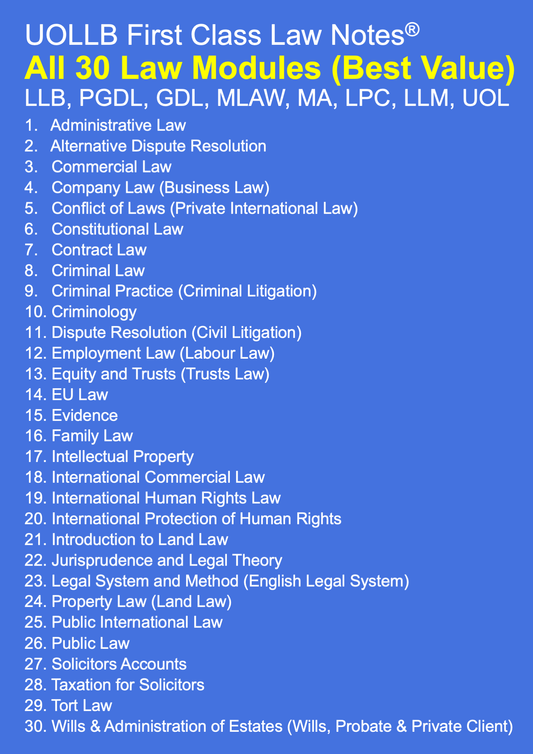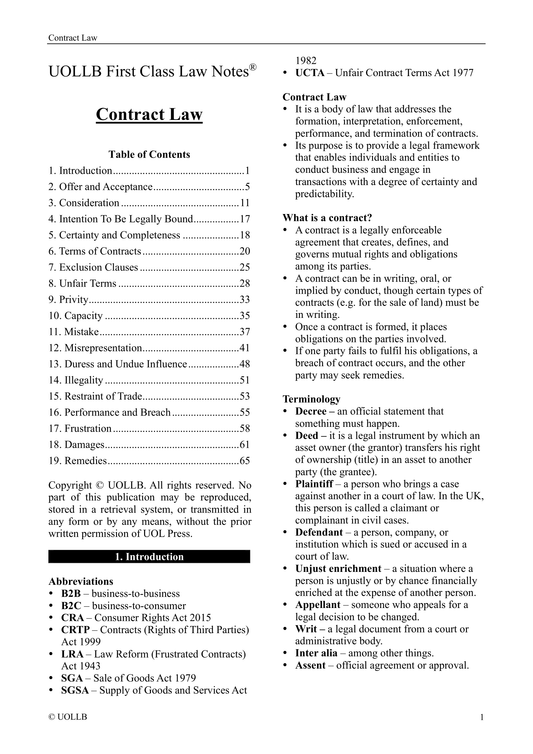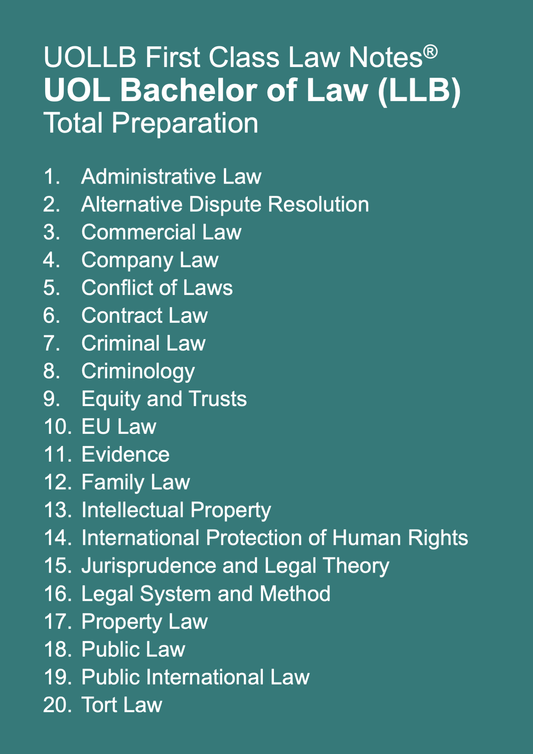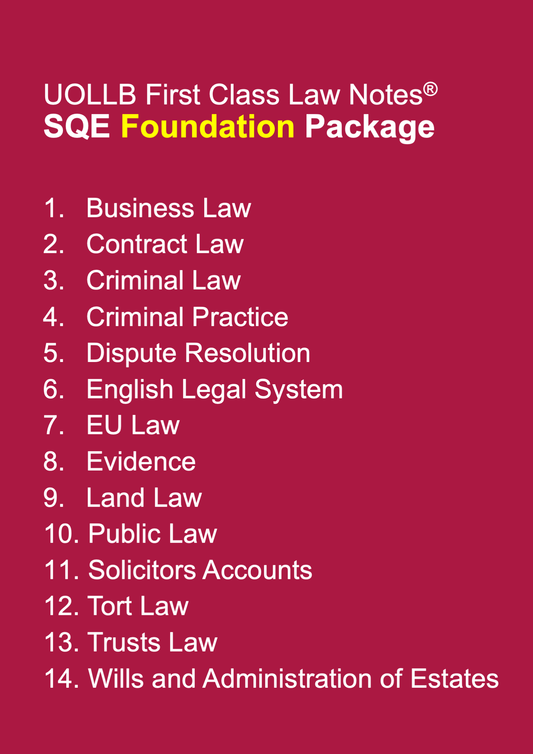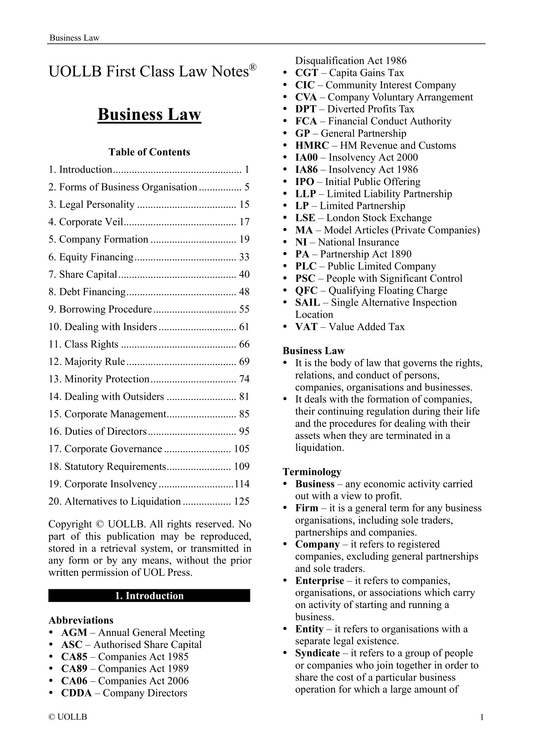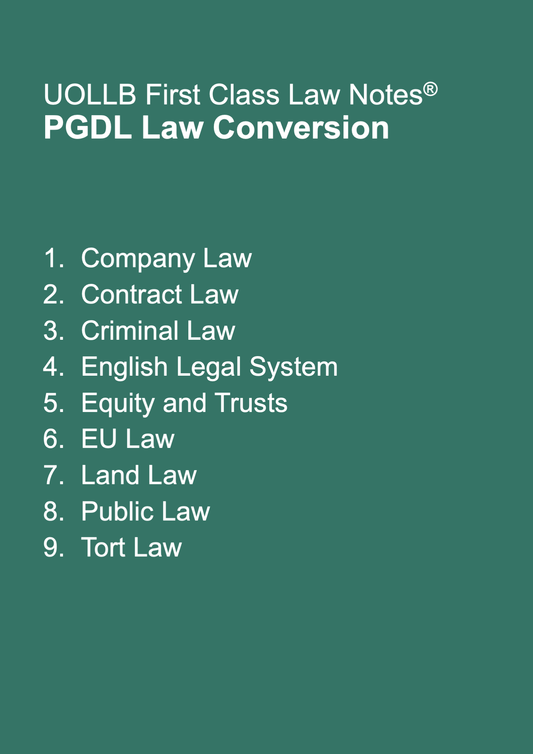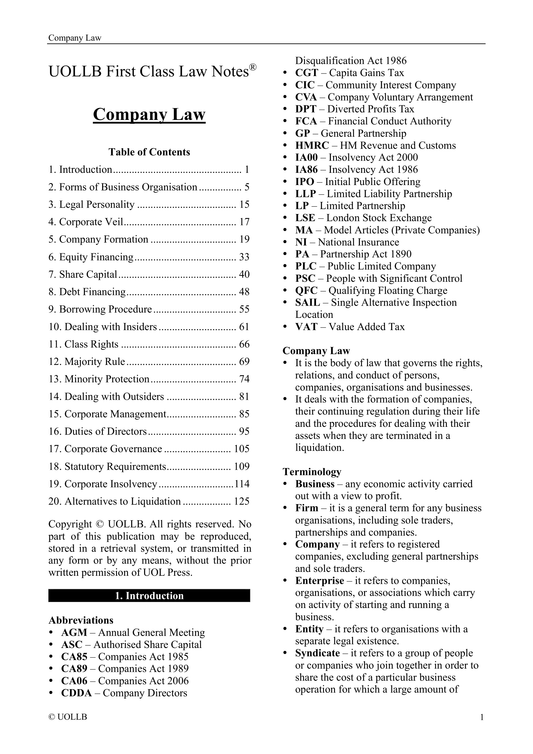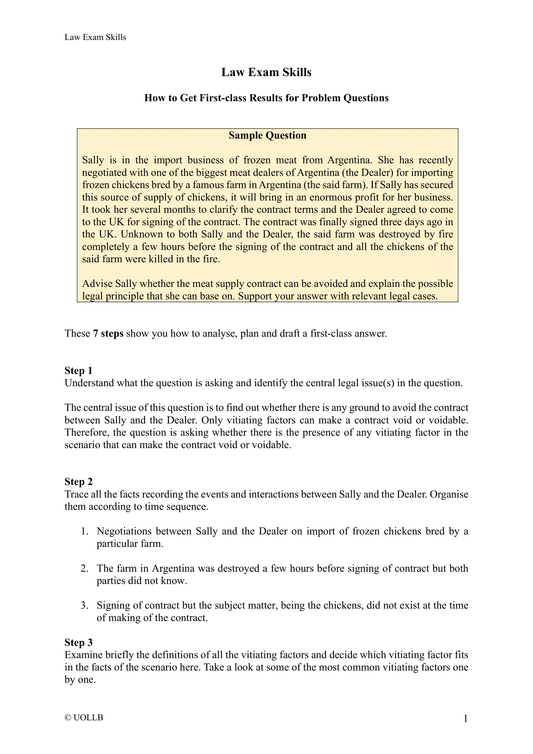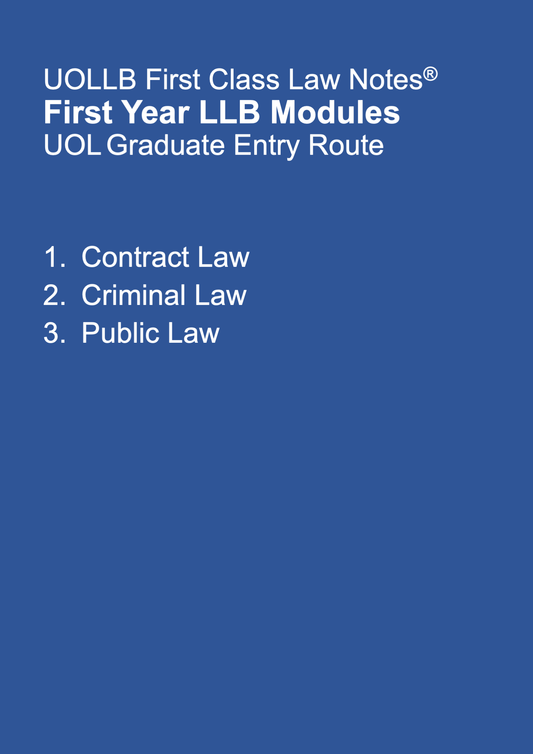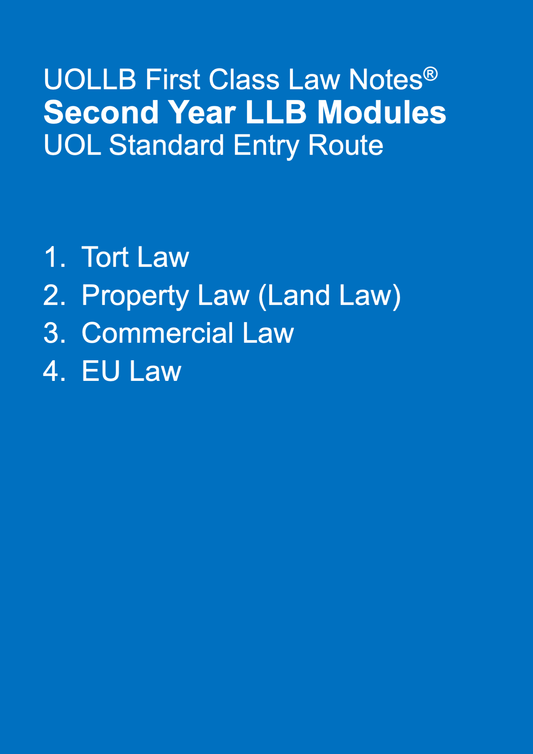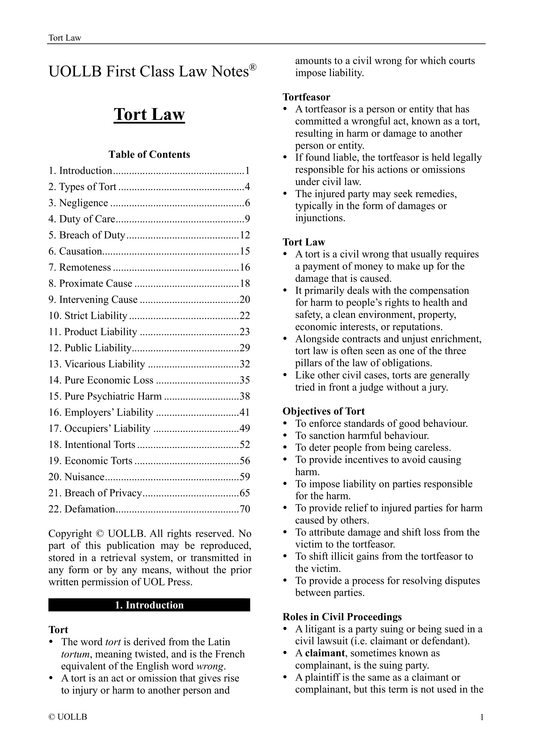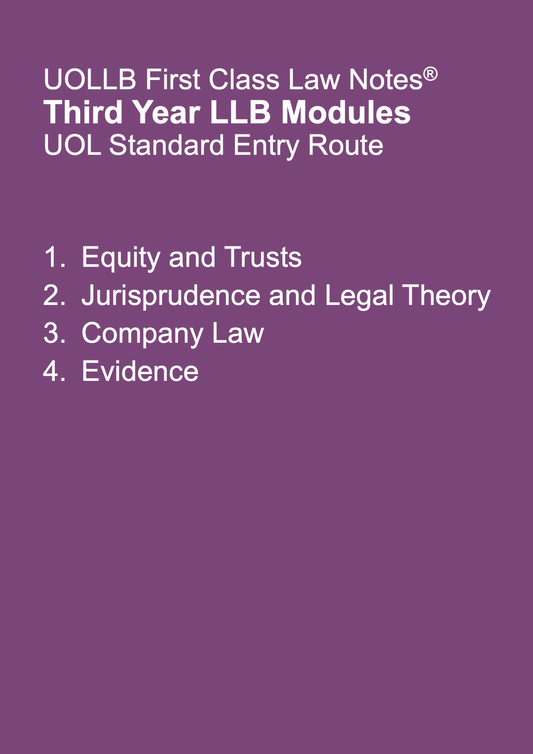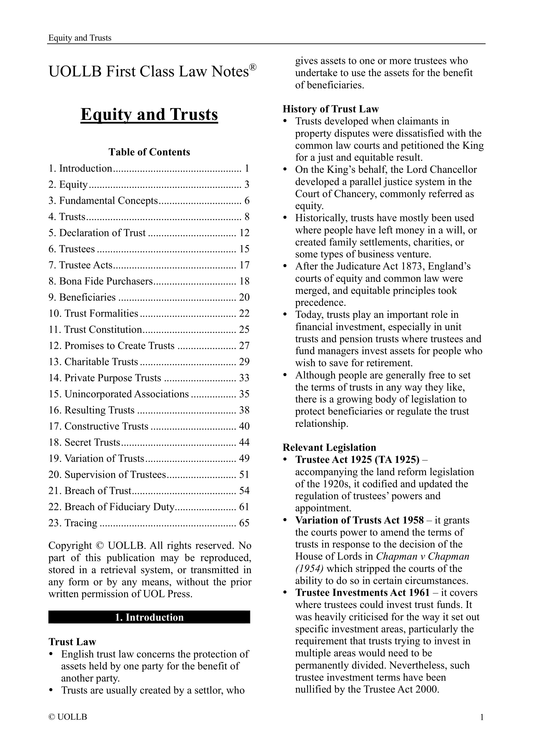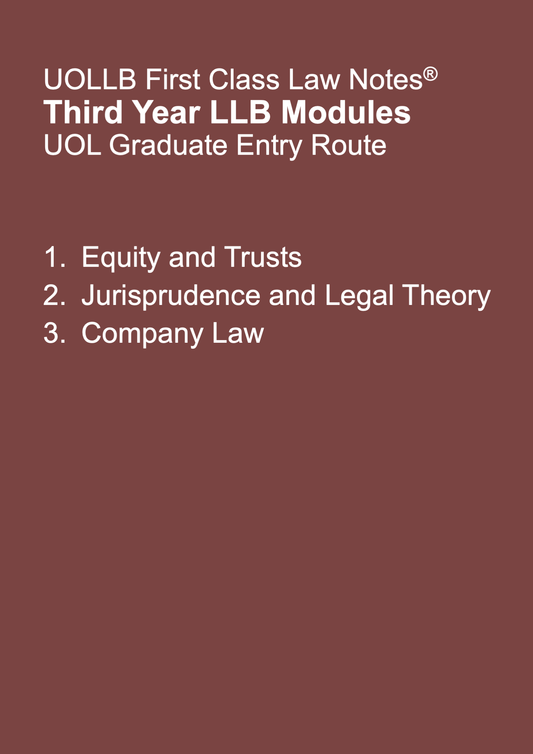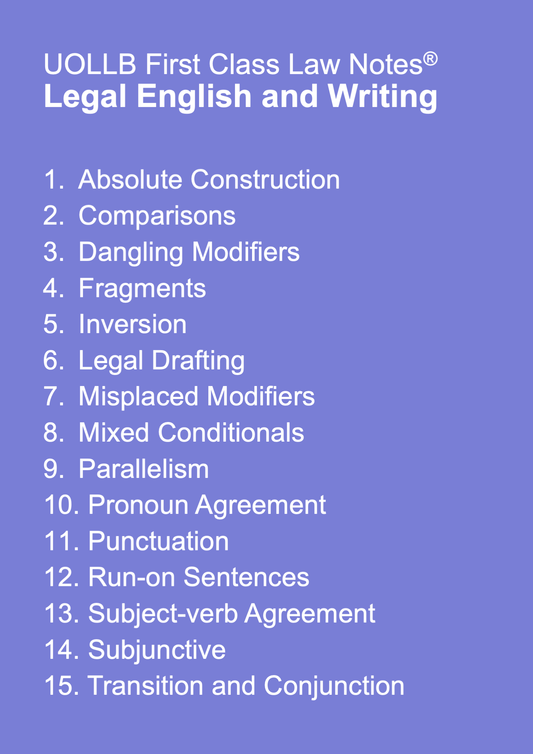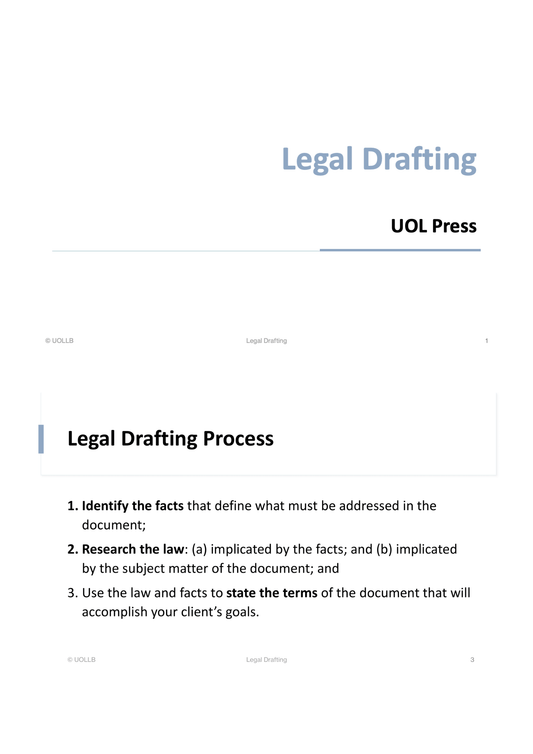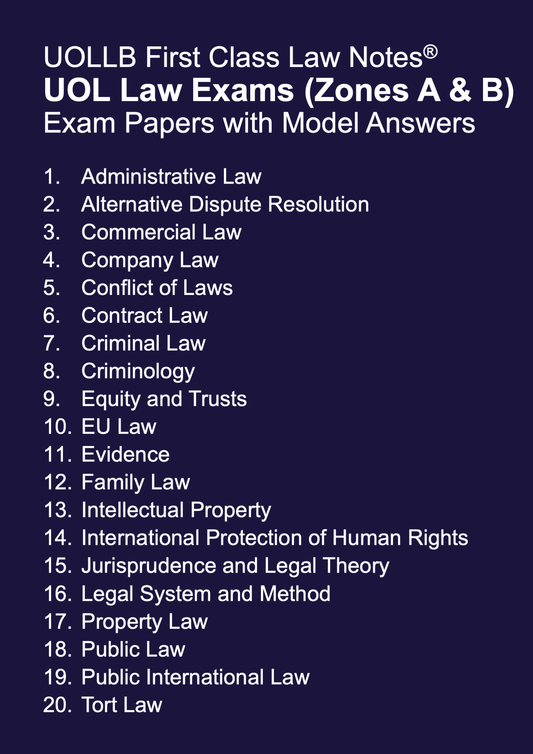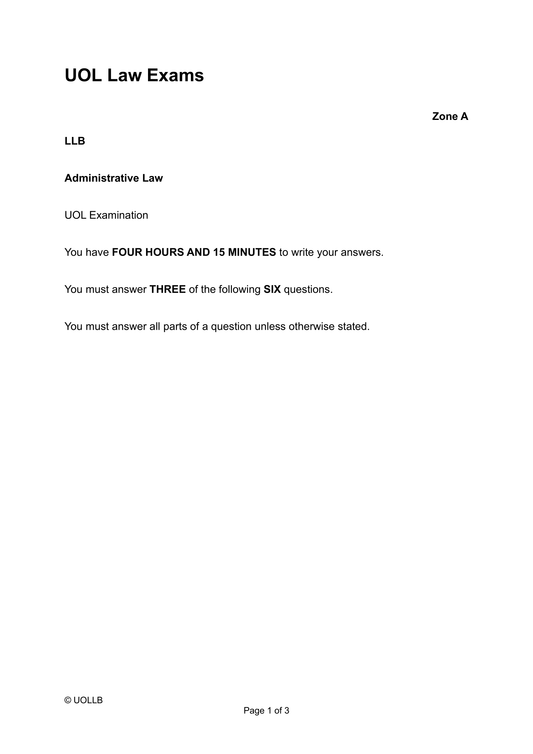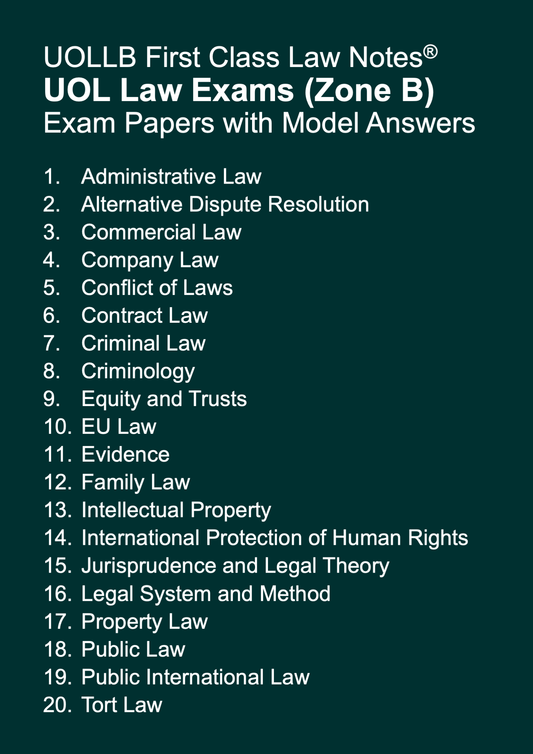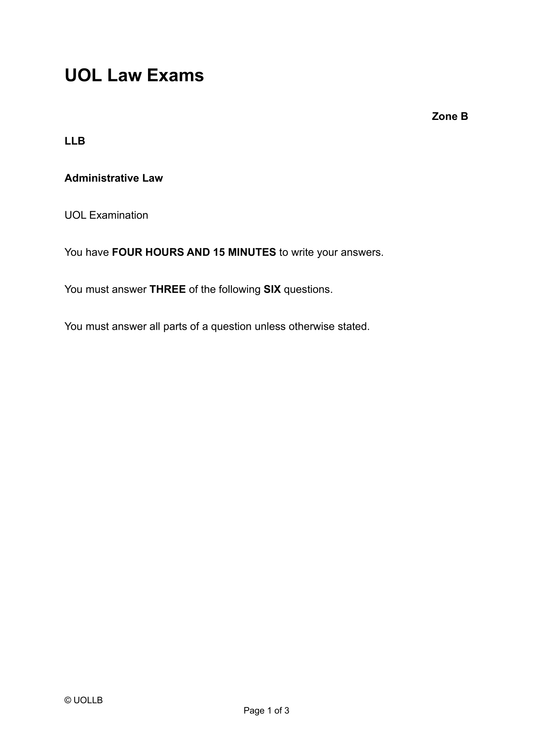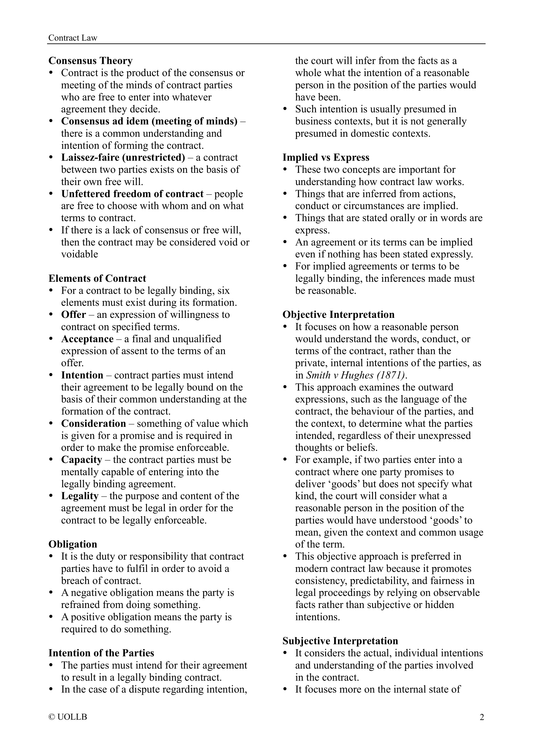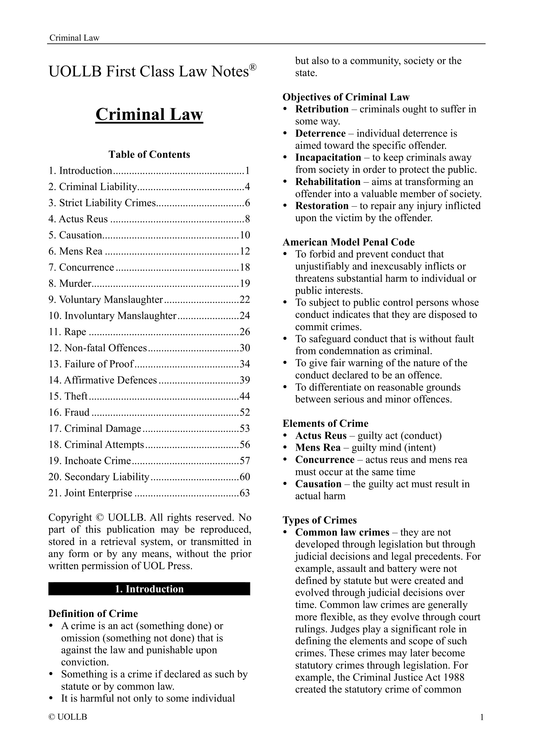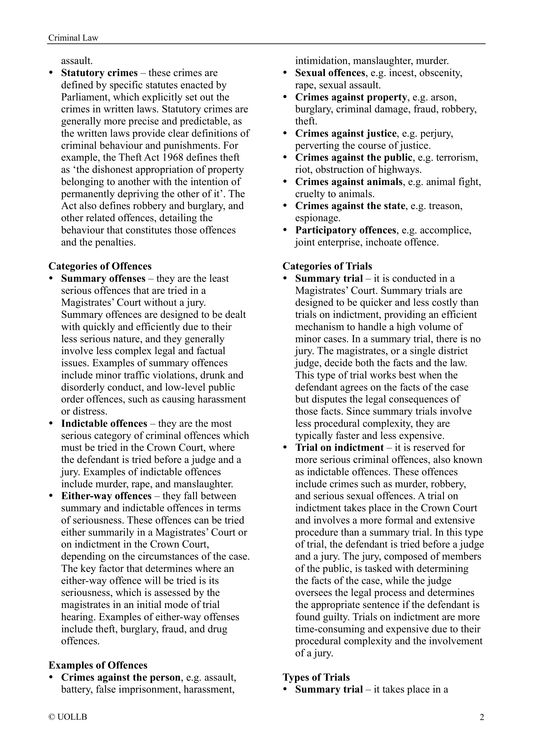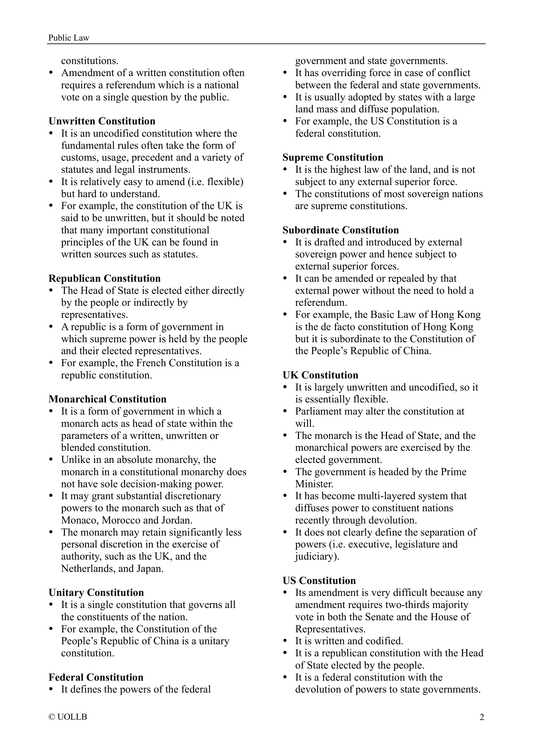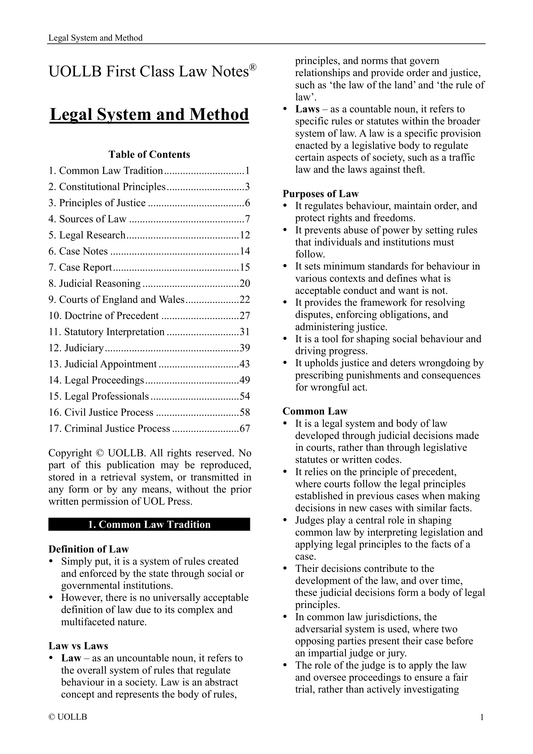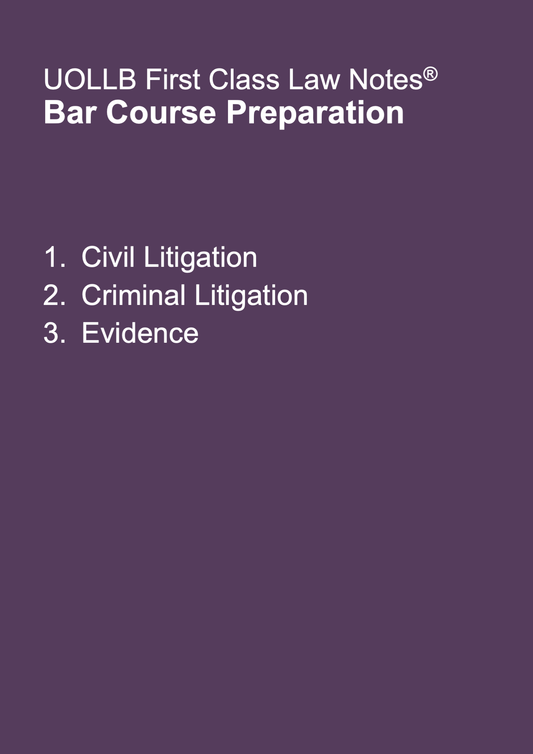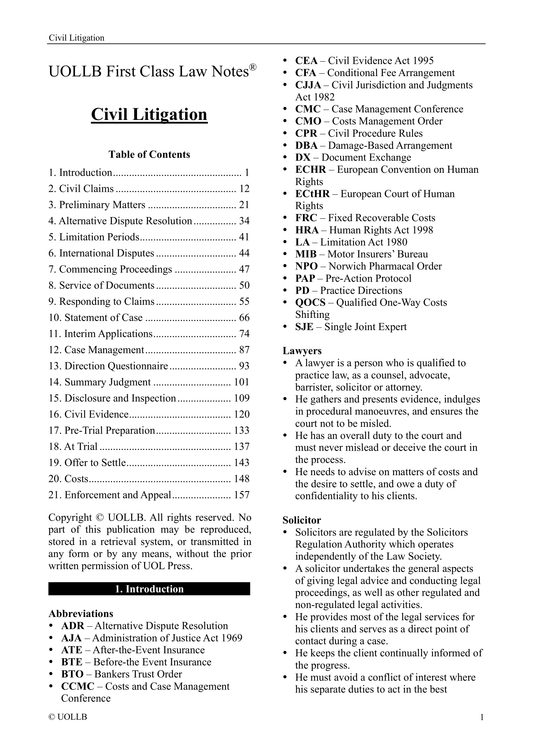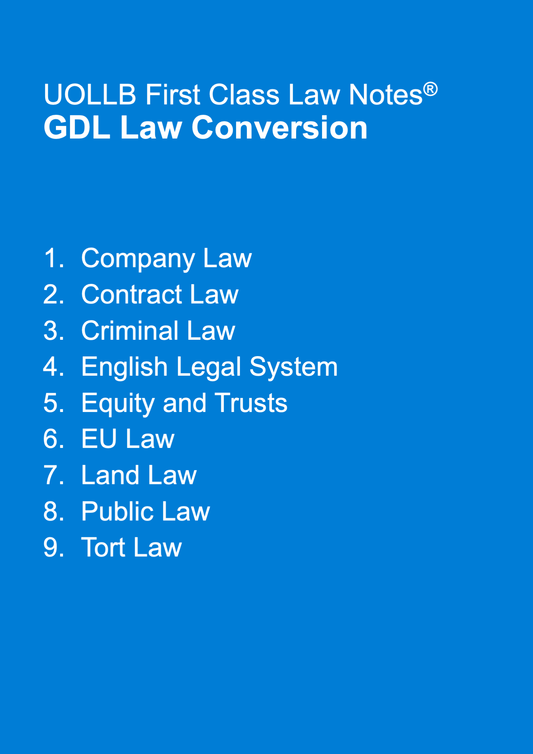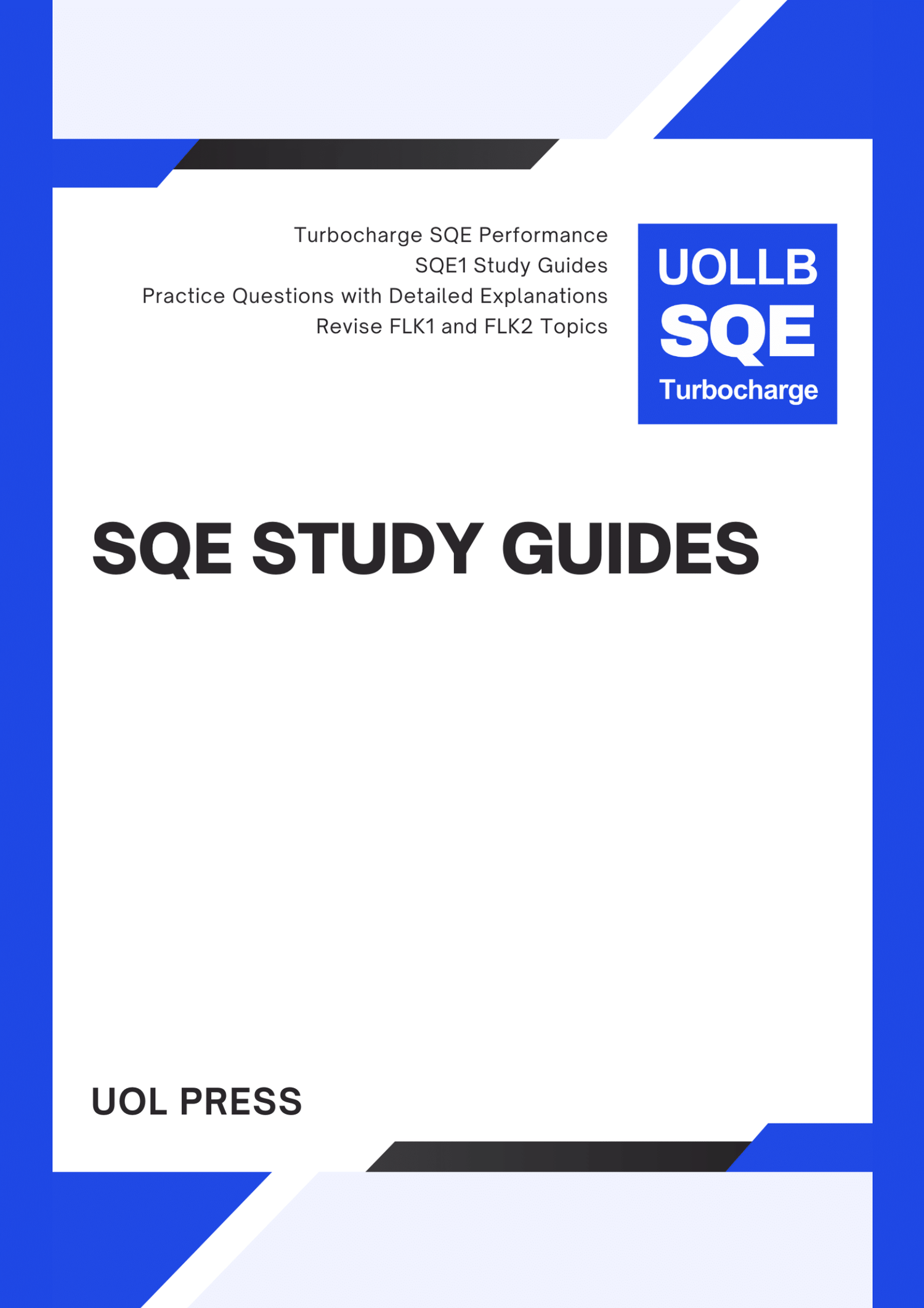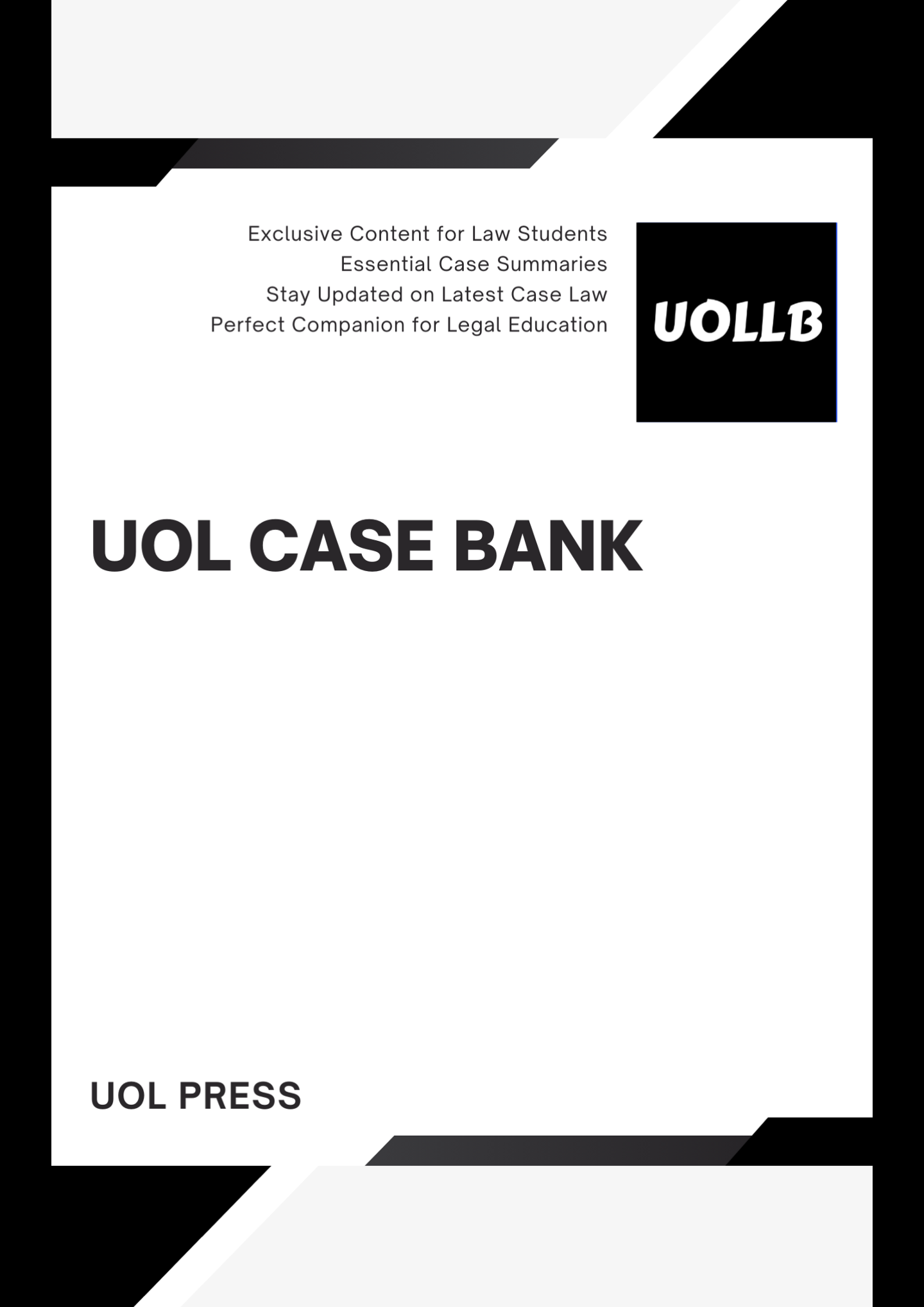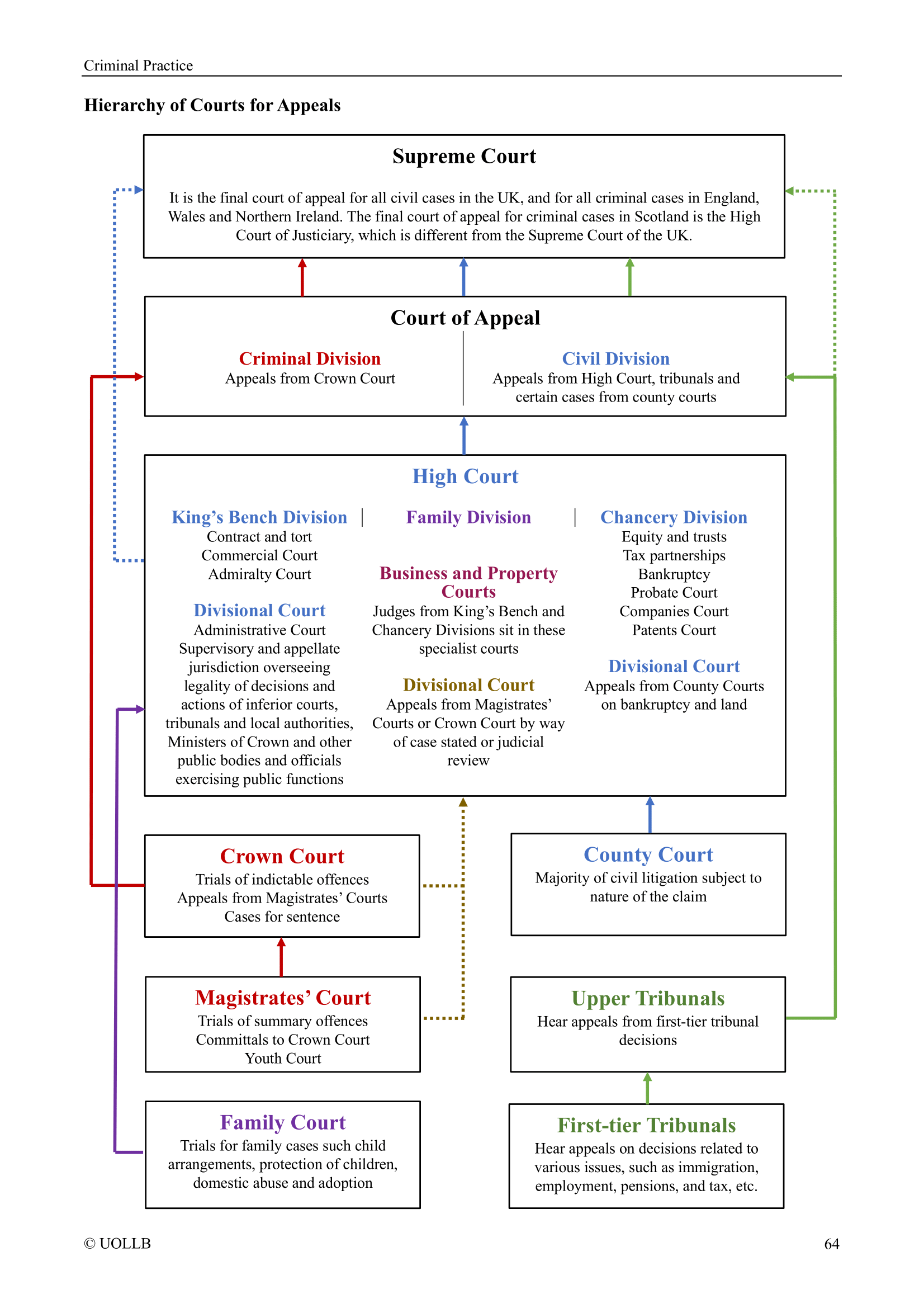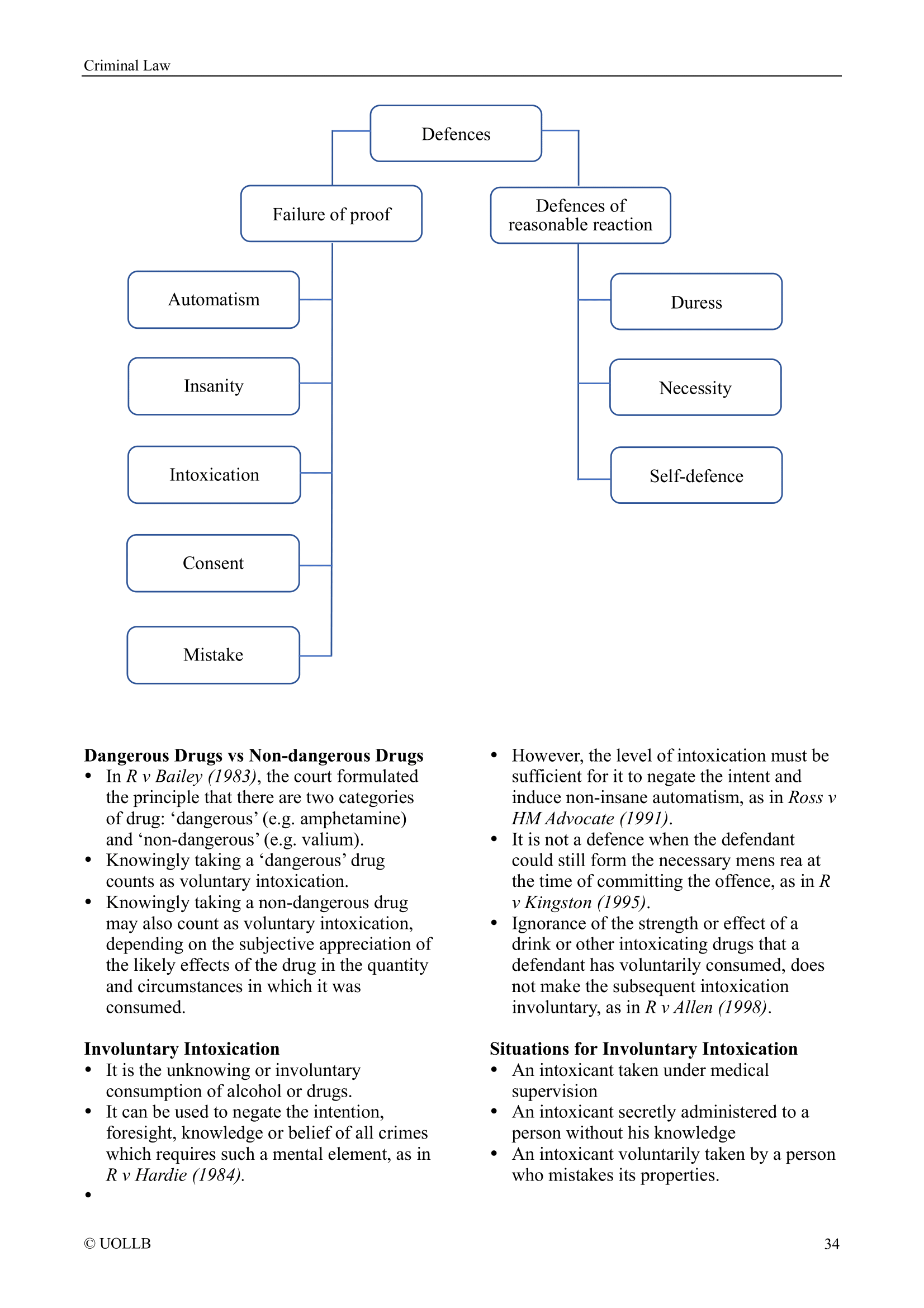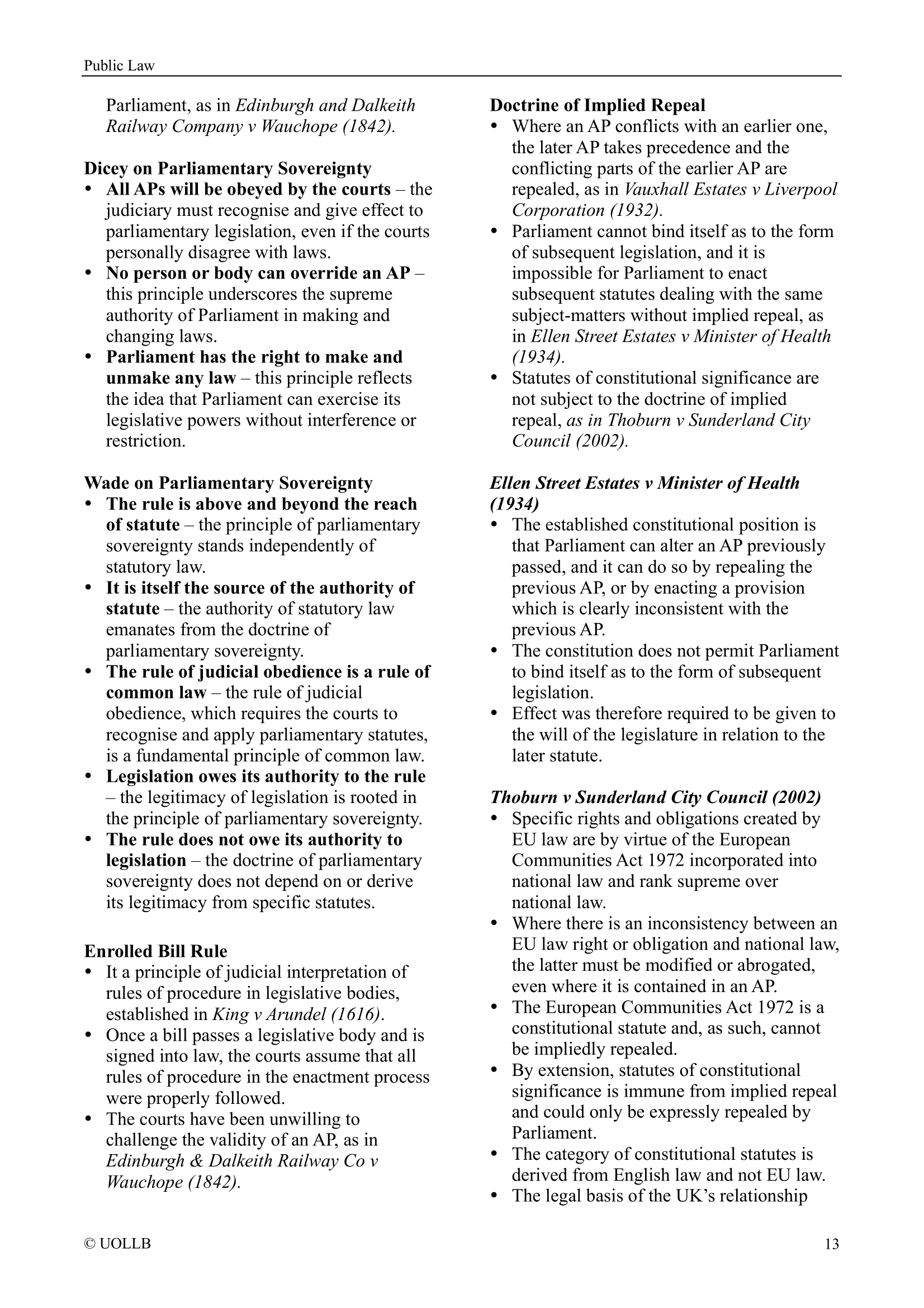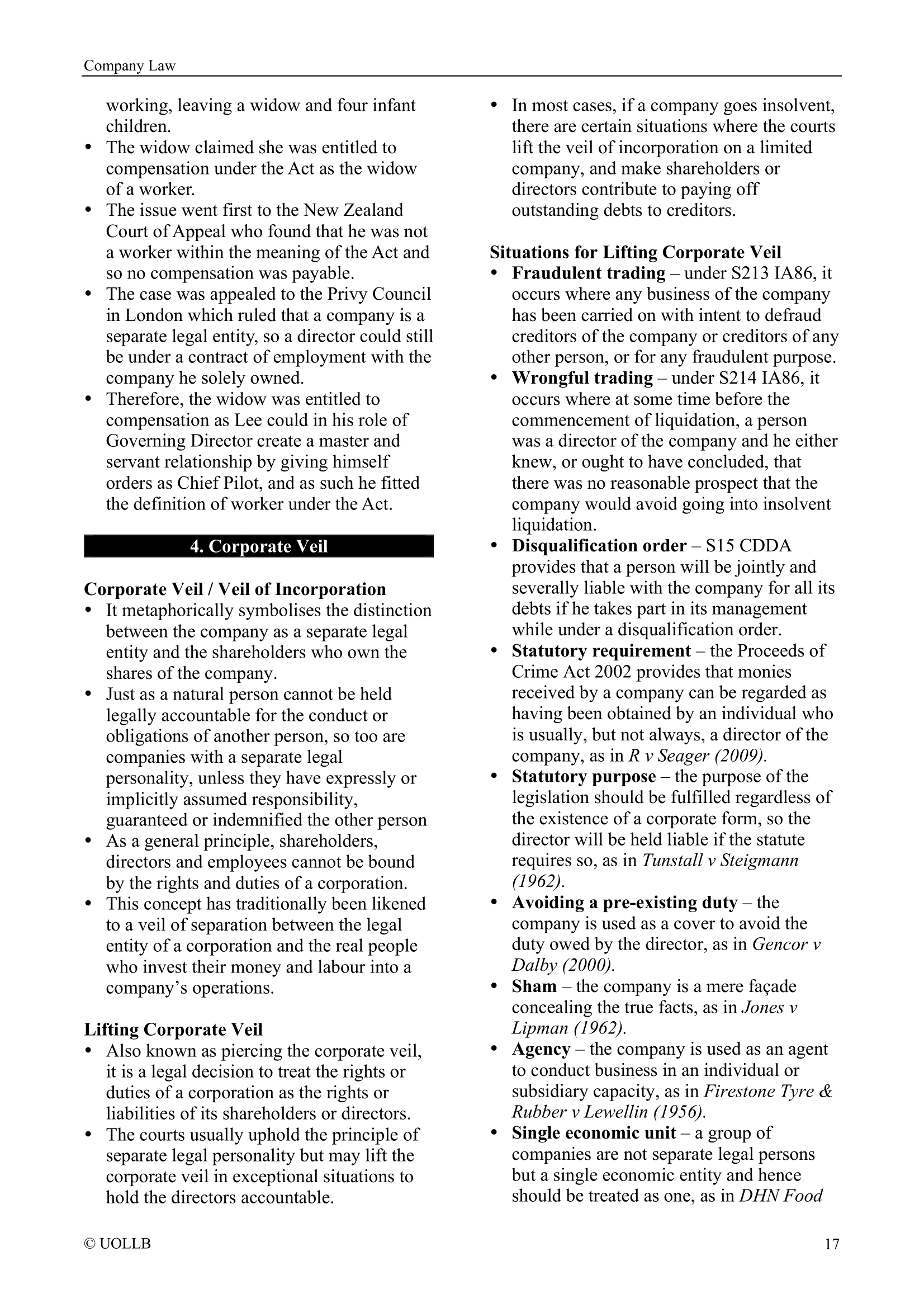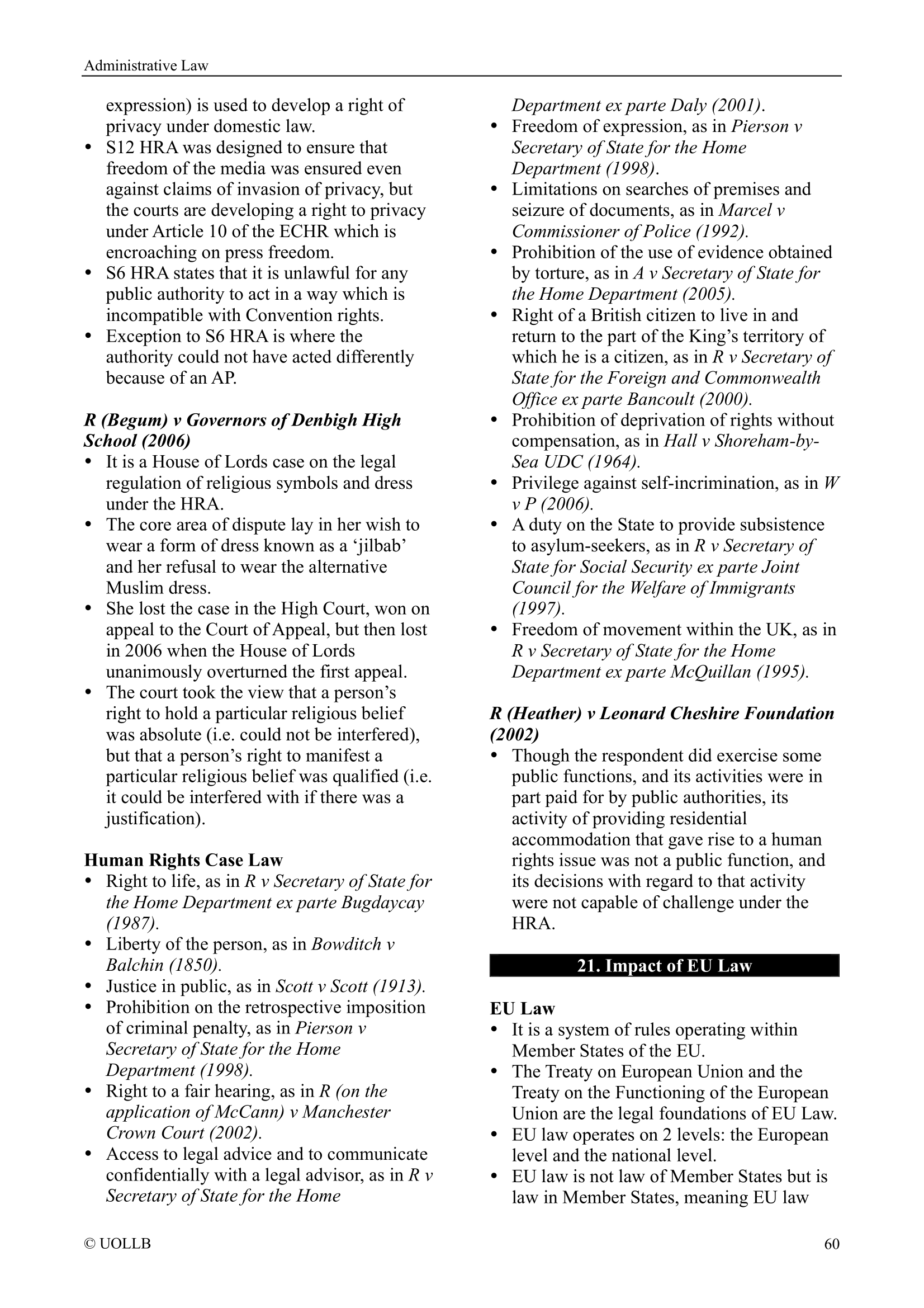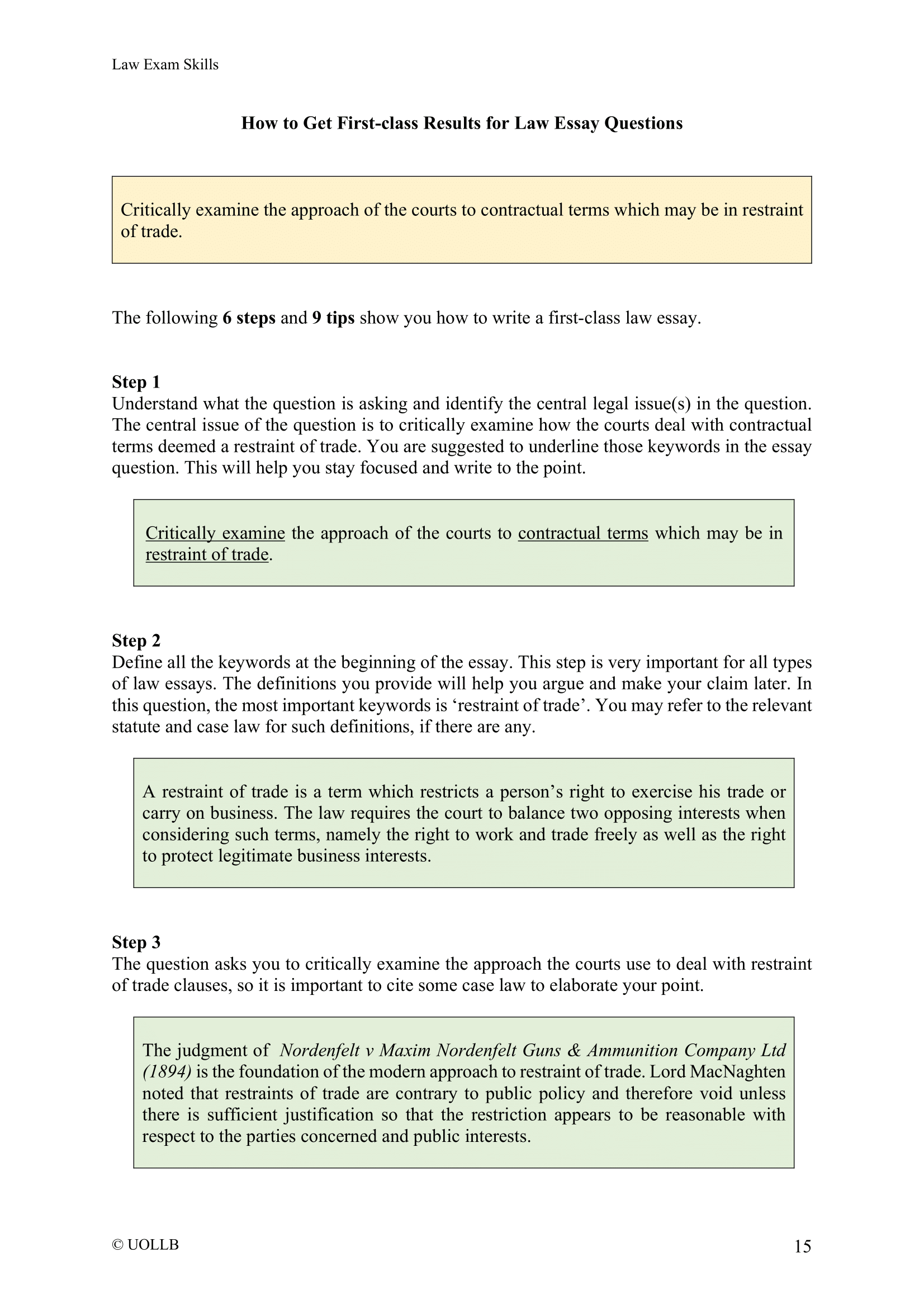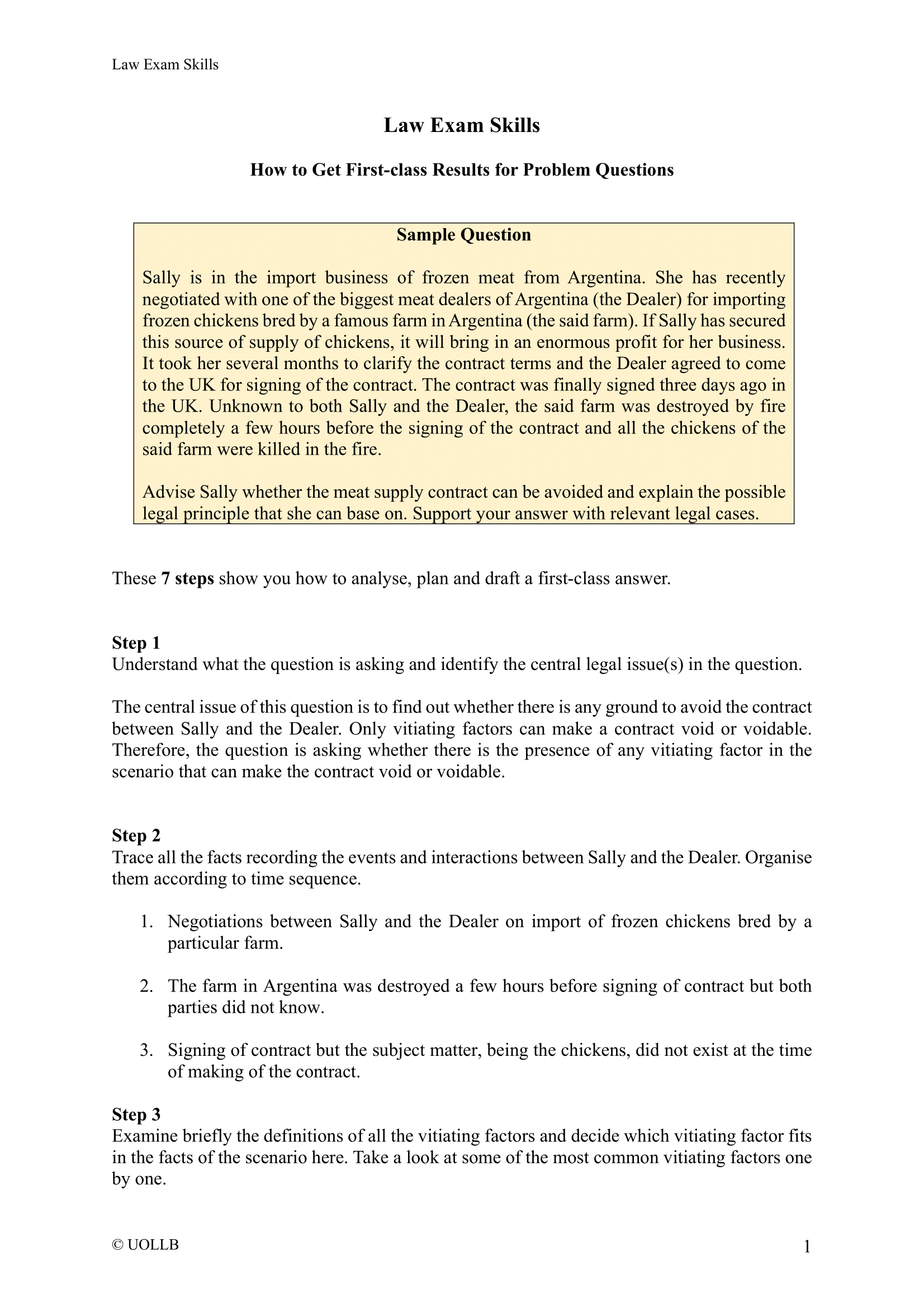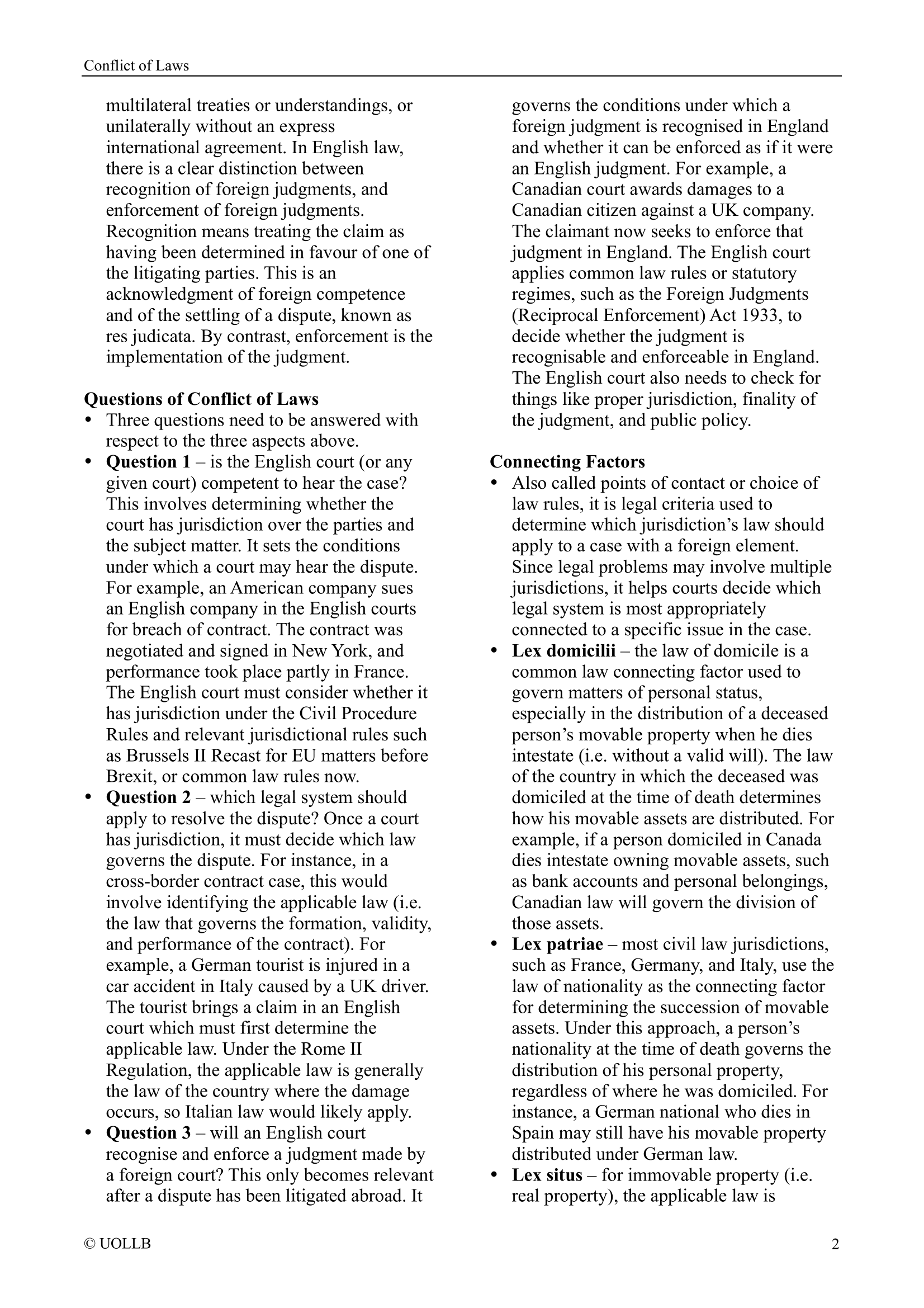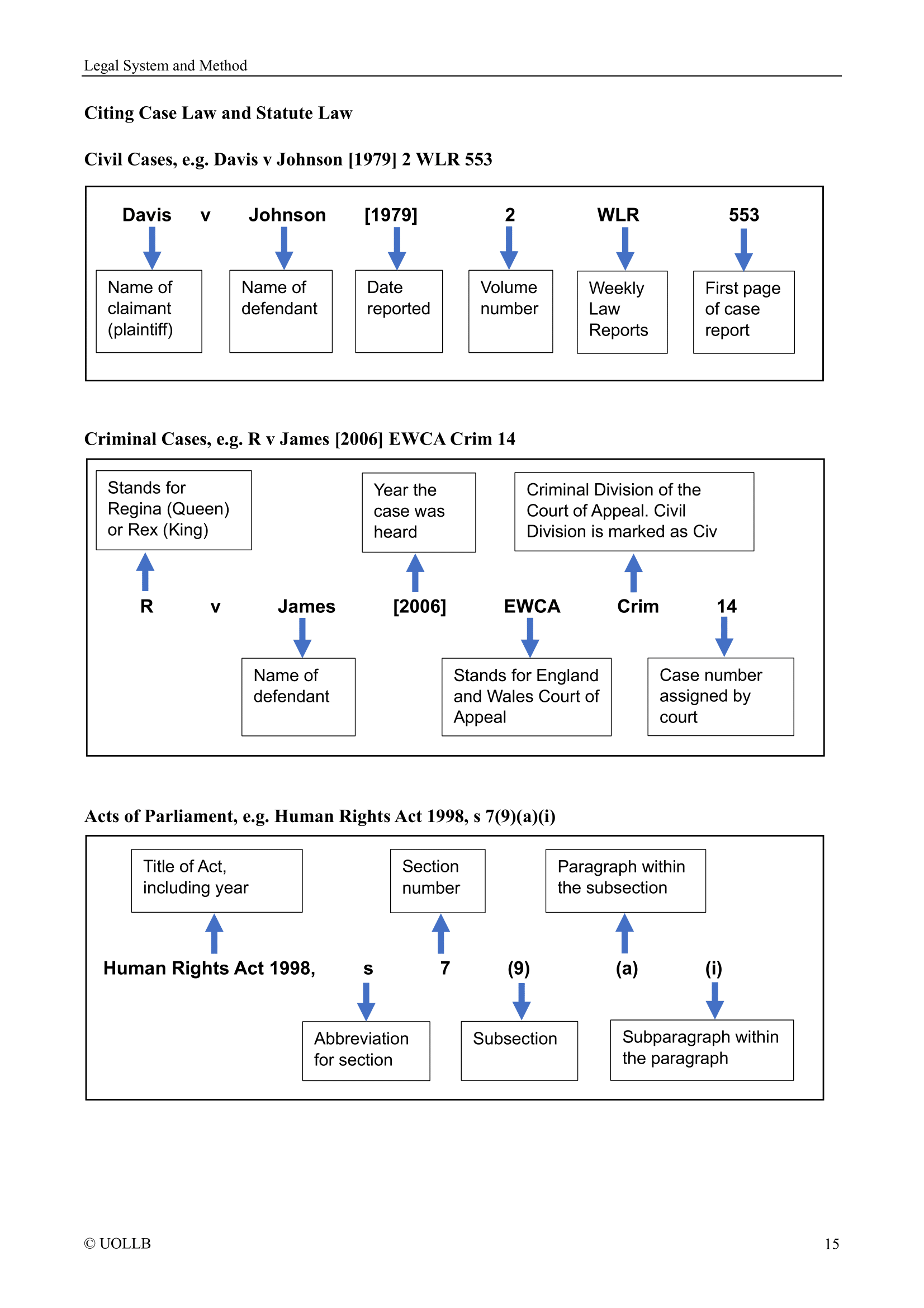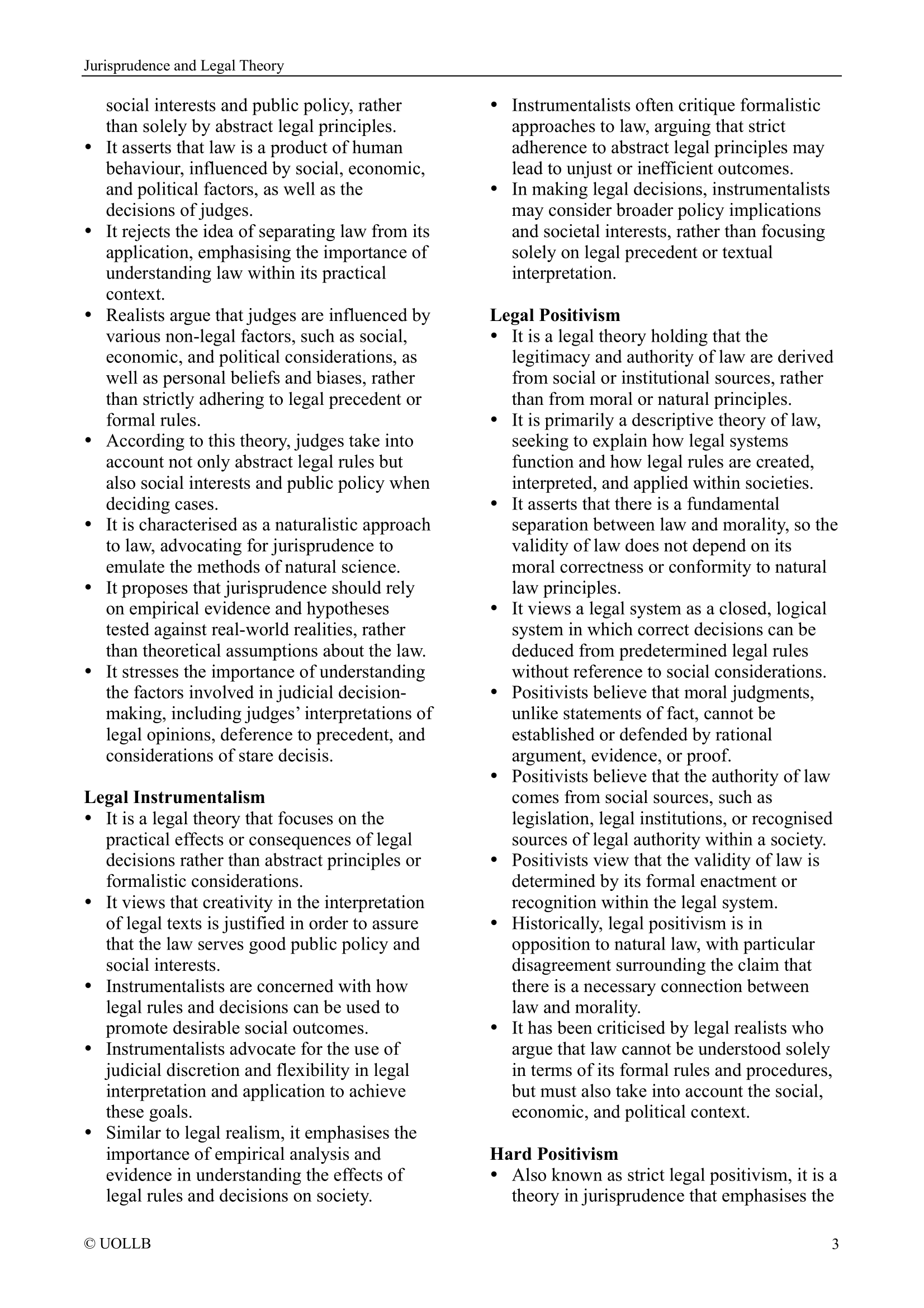Rules of Consideration
Share
In English contract law, consideration is the price one party pays for the promise of the other, and there are several rules governing its validity. It is an essential element in contract law, which refers to something of value that is exchanged between parties to a contract. The rules of consideration require that there must be a bargain between the parties, which involves the exchange of something of value.
1. Consideration must move from the promisee
Only a person who has provided consideration can enforce a promise. This means that if you have given nothing in exchange for a promise, you cannot sue on it, even if the agreement was intended to benefit you. In Tweddle v Atkinson (1861), a groom was unable to enforce a promise made by his father-in-law to pay him money because the groom himself had not provided any consideration. The requirement ensures that contractual rights are only given to those who have contributed something in return.
2. Consideration need not be adequate, but it must be sufficient
The law does not require consideration to be equal in value to what is received; a person can make a bad bargain and the courts will not interfere. This is sometimes called the “peppercorn” rule, meaning that even something of very small value can be enough, provided it has recognisable value in law. In Thomas v Thomas (1842), the payment of £1 rent per year was held to be sufficient consideration for a licence to live in a house. However, purely sentimental promises, such as love and affection, are not sufficient because they lack legal value.
3. Consideration must not be past
A promise made in return for an act that has already been completed before the promise was made is generally unenforceable. For instance, in Roscorla v Thomas (1842), a seller’s post-sale promise that a horse was sound was unsupported by consideration and therefore unenforceable. An exception exists where the act was done at the promisor’s request, the parties understood that payment or reward would be made, and such payment would have been enforceable if promised in advance, as in Re Casey’s Patents (1892).
4. Consideration must be something the promisor is not already legally bound to do
If you are already under a legal obligation to perform an act, doing that act cannot usually be valid consideration for a new promise. This applies both to public duties and contractual duties. For example, in Collins v Godefroy (1831), attending court as a witness under subpoena was not valid consideration for a payment. However, if a party goes beyond his legal duty, consideration may exist, as in Glasbrook Bros v Glamorgan CC (1925), where police provided extra protection beyond what they were obliged to give, which was held to be good consideration.
5. Performance of an existing contractual duty owed to the same promisor
Traditionally, doing what you are already contractually obliged to do for the same party was not valid consideration. However, in Williams v Roffey Bros (1990), the Court of Appeal held that if a promise to pay more for the same work results in a “practical benefit” to the promisor, it may be good consideration. This applies in the context of service or goods contracts but not in debt repayment cases, where Foakes v Beer (1884) makes clear that practical benefit is not sufficient to discharge a debt.
6. Part payment of debts is not valid consideration
Under the rule in Pinnel’s Case (1602) and Foakes v Beer (1884), part-payment of a debt on the due date is not valid consideration for the creditor’s promise to forgo the balance. The debt remains enforceable unless there is fresh consideration, such as early payment, payment in a different form (e.g. goods instead of money), payment in a different place, or payment by a third party. In some cases, promissory estoppel can prevent a creditor from claiming the balance if it would be inequitable to go back on the promise, but this operates as an equitable defence rather than true consideration.
7. Consideration must be legal
The consideration offered must not be unlawful or contrary to public policy. An agreement to commit a crime or carry out an immoral act cannot be enforced. For example, a contract to commit a crime or to sell illegal drugs would not be enforceable. In Pearce v Brooks (1866), a contract to hire a carriage to a prostitute to help her attract clients was held unenforceable because the object of the contract was immoral. The courts will refuse to recognise consideration that is illegal or tainted by illegality.
8. Consideration can be executory or executed
Consideration can take the form of a promise to do something in the future (executory) or the performance of an act in return for a promise (executed). Executory consideration occurs when both parties exchange promises, such as in a contract for future delivery of goods. Executed consideration is often seen in unilateral contracts, where one party performs the act in return for the promise, as in Carlill v Carbolic Smoke Ball Co (1893), where the company promised to pay £100 to anyone who used its product as directed and still caught influenza.
In summary, consideration is an essential element in contract law, and it must involve a bargain between the parties, with each party exchanging something of value. The consideration must be sufficient but need not be adequate, must not be past, and must not be illegal or against public policy.
